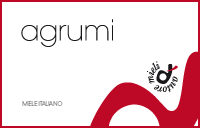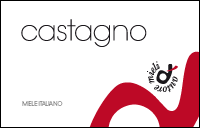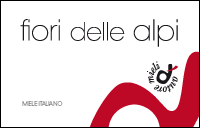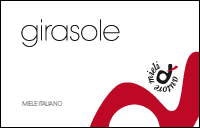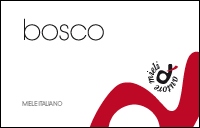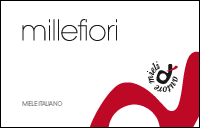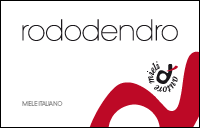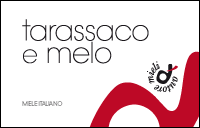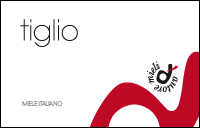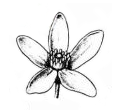
citrus
Citrus sp.
This honey is mainly produced in April in the southern citrus fruit plantations and on the respective islands where apiculture is very popular. You obtain honey of mixed citrus fruits and very rarely also honey with only one type of fruit (orange, lemon, clementine.)
Colour very light colour, white cream when crystallised
Crystallisation fine granularity
Aroma intensive, fruity, reminds of orange flowers
Taste honey with a highly intensive aroma between flowery and fruity, slightly acidic
Use this is one of the most appreciated table honeys which is appreciated as an adipsous drink with water, ice and a little bit of lemon
Natural characteristics of the plant essential oils present in the skin and in the flowers which prevent abdominal swelling
Available amounts 40g - 250g - 400g - 1000g
|
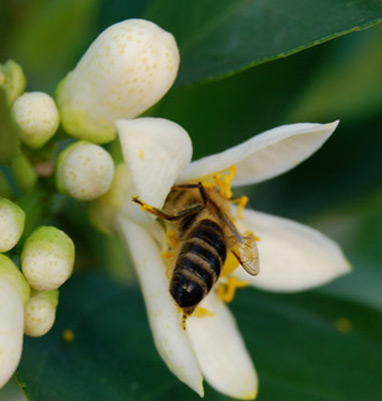 |










